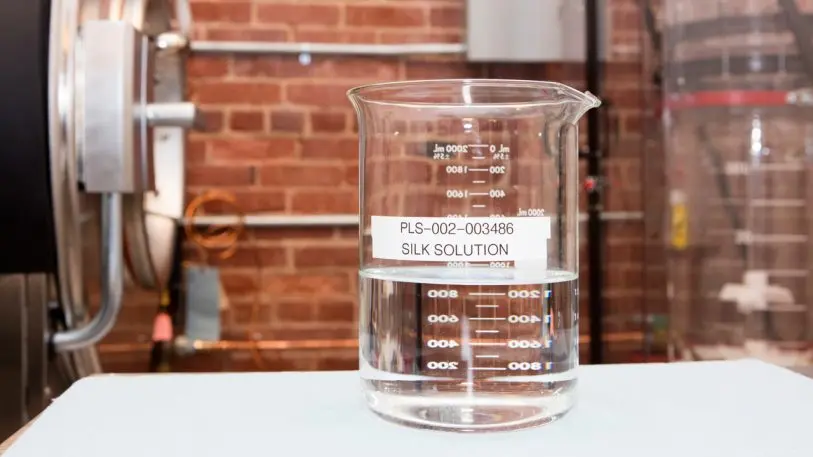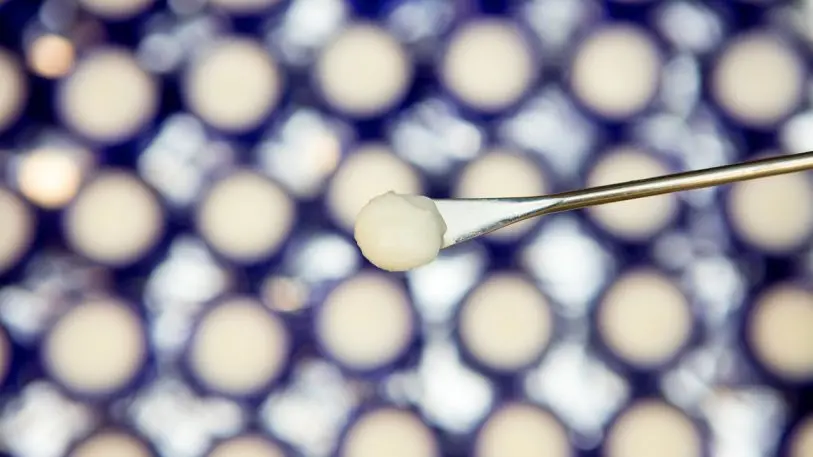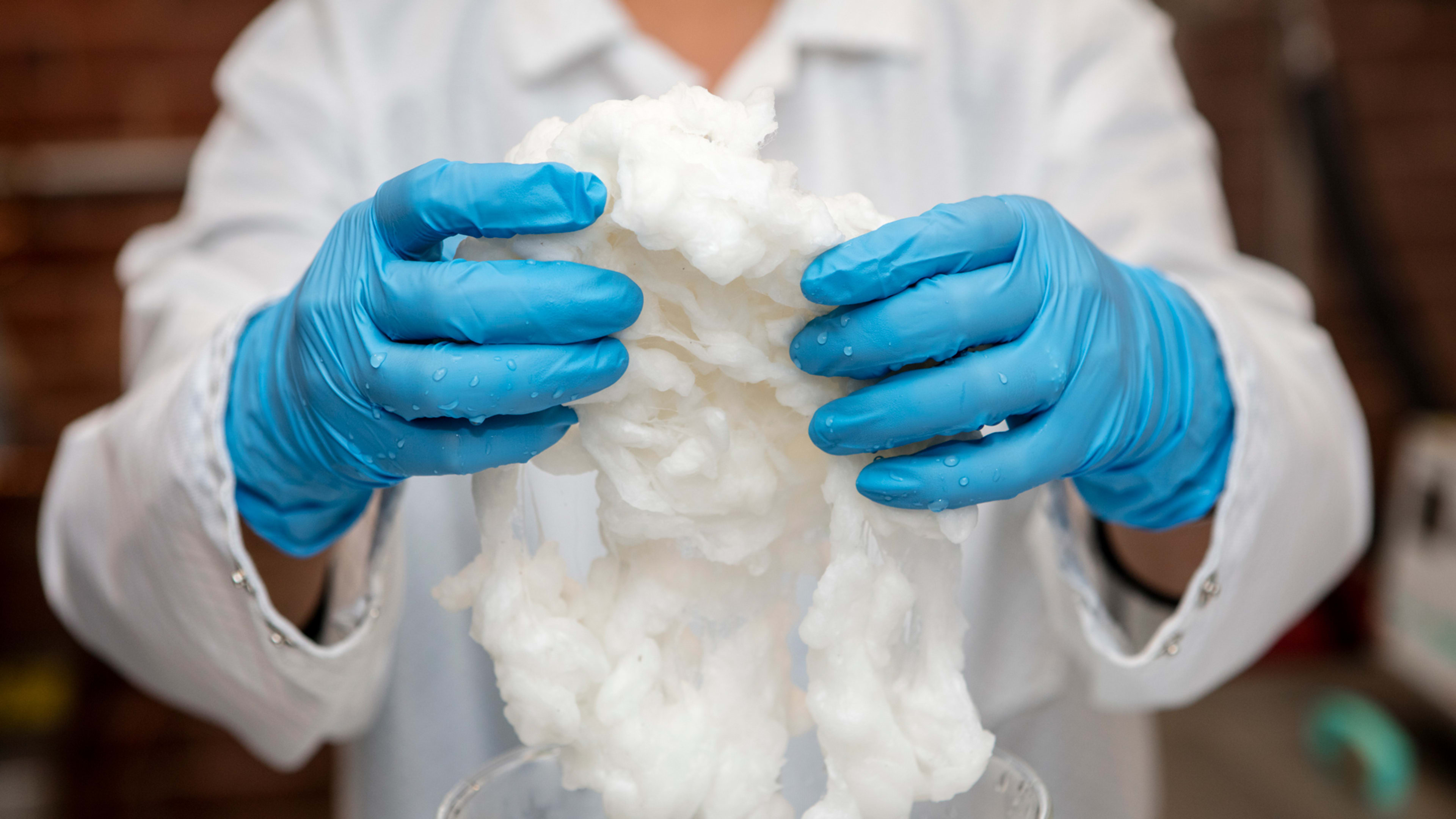Microbeads, the tiny plastic beads used in some facial scrubs and toothpaste that rinse down drains and pollute oceans and lakes, are now banned in “rinse-off” products in the U.S. But it’s not like those products are great for the environment now: you’re probably still slathering other lesser-known petrochemical ingredients on your face, like methylparaben and propylene glycol. One company wants to replace those ingredients–along with plastics used in other everyday products–with silk.
“To a very large extent, the majority of our skincare products, our deodorants, and shampoos, are filled with micro- and nano-plastics,” Greg Altman, co-founder of Silk Therapeutics, a new company working on a more natural solution. “They’re not just the microbeads that you think of for facial scrubs and things of that nature, but they are plastics at such a small size that when you apply them to the skin you can’t even see them. They’re used to basically fill the jar. They’re used as emulsifiers. They’re used as stabilizing agents for other active ingredients.”

There are alternatives, however: Silk, for instance, is made by silkworms that eat organically grown mulberry leaves, a process that removes CO2 from the air. While most silkworm cocoons are used for making fabric, Silk Therapeutics uses the protein from discarded silkworm cocoons to make “liquid silk.” Because it doesn’t need the same high-quality cocoons that would be used in fabric, the company can use cocoons that would otherwise be wasted; the silkworm can also survive, unlike the case in most silk-making, in which the cocoon is boiled to get the fiber. By controlling the process of making the liquid silk, the company can create silk molecules in different sizes to perform different functions.

“Both the plastics and the plasticizers get into our bodies, they get into our ecosystems, they get into our oceans, they get into our food supply,” he says. “That hidden use of plastic is what we’re deeply passionate about trying to replace with silk.”
At the moment, the silk polymers are more expensive than their fossil fuel equivalents, and the company’s line of skincare is “premium,” which in this case means “prohibitively expensive.” One 1.7 ounce bottle of moisturizer costs $95. But the cost of the liquid silk will come down as production scales, and the company wants to make products that all consumers can afford. In another application–in the apparel industry–the liquid silk is already competitive with fossil-fuel-based materials.
For clothing, the liquid silk can be used to create coatings for “performance” fabric, making a jacket waterproof or a shirt softer or moisture-wicking. In typical coated fabric, a plastic coating will leach off clothing as someone wears it or washes it in a machine. “We’re actually able to replace all of those different chemicals and create the same type of performance fabric with an all-natural coating,” says Lacouture.
Silk could be used to make any type of plastic–it would be possible to make silk water bottles, for example. But the company has chosen to start by focusing on products that have direct contact with people and thus may impact both the environment and human health. Altman also says that plastic in a plastic bottle is obvious to consumers–it’s simple to make the choice to use a reusable bottle. But petrochemicals in the products that the company focuses on, such as moisturizer, are less obvious.
Another potential application might be as an alternative to BPA used in plastic containers and in linings on cans. The “BPA-free” products on the market now may pose as many health problems as the original formulation.
If a silk lining on a can leached into food, it would pose no issue; silk is edible. “The acids and the enzymes in our digestive system can easily degrade silk, whereas the enzymes are not tailored to breaking down non-protein entities such as a synthetic plastic,” Altman says. Similarly, bacteria can easily degrade silk if it’s composted, and if a product made with liquid silk entered the ocean, fish and plankton could safely digest it.
There’s a large enough supply of the cocoons to easily meet the company’s forecasted demand over the next several years. “If you look at the volume of silk that’s produced annually, we’re talking about a fraction of that volume that we would need to begin replacing a tremendous amount of plastic,” says Lacouture.
“There are literally tons, truckloads, of plastic being dumped into the ocean every day that we could replace,” says Altman.
Recognize your brand’s excellence by applying to this year’s Brands That Matter Awards before the early-rate deadline, May 3.
